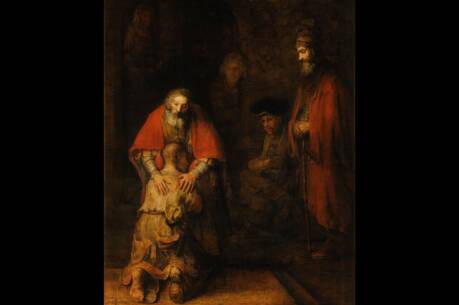Not Just Exotic Visitors
The Epiphany story has fascinated people of all ages for many centuries. On the basis of the three gifts, a tradition arose that there were three Magi. Eventually the Magi became representatives of different peoples and races. Displays of the scene in our day attract great interest, but the Magi are more than exotic visitors. Beneath the biblical narrative and the many artistic representations of it lies an important theological theme: this Jewish child named Jesus has significance for all the peoples of the world. The Magi are clearly not Jews. Whether they were Persian priests or Babylonian astronomers or Nabataean spice traders, the basic point is that non-Jews come to the land of Israel to find and pay homage to the child Jesus. By way of reversal, at the end of Matthews Gospel, the risen Jesus will send forth his disciples to all the nations.
Todays Old Testament readings have been chosen in part because they mention non-Jews bringing gifts in homage to the God of Israel. But they also develop the dynamic found in Matthews Epiphany story. The passage from Isaiah 60 celebrates the divine light emanating from Jerusalem and foresees all the nations acknowledging and enjoying that light and walking by it. The excerpts from Psalm 72 look forward to the day when every nation will adore the God of Israel. Rooted in the historical particularity of ancient Israel, these texts hope for a time when the people of God will embrace all nations. As Ephesians 3 affirms, early Christians believed that through the particular historical figure of Jesus, membership in Gods people has been extended and made available to all peoples. Through Jesus, Jews and Gentiles are now coheirs, members of the same body and copartners in the promise.
Matthews account of the Epiphany is very attractive. It features exotic visitors, a wicked king, court intrigue, a mysterious star, precious gifts and a newborn child. But its artistry may cause us to miss the presence of opposition to Jesus and suffering for himself and those around him from the start of his life on earth. Matthews infancy narrative, in contrast to Lukes, is full of turmoil, danger and suffering. It reminds us that the Word became flesh amid the harsh political and social realities of human history.
This article also appeared in print, under the headline “Not Just Exotic Visitors,” in the December 24, 2007, issue.







